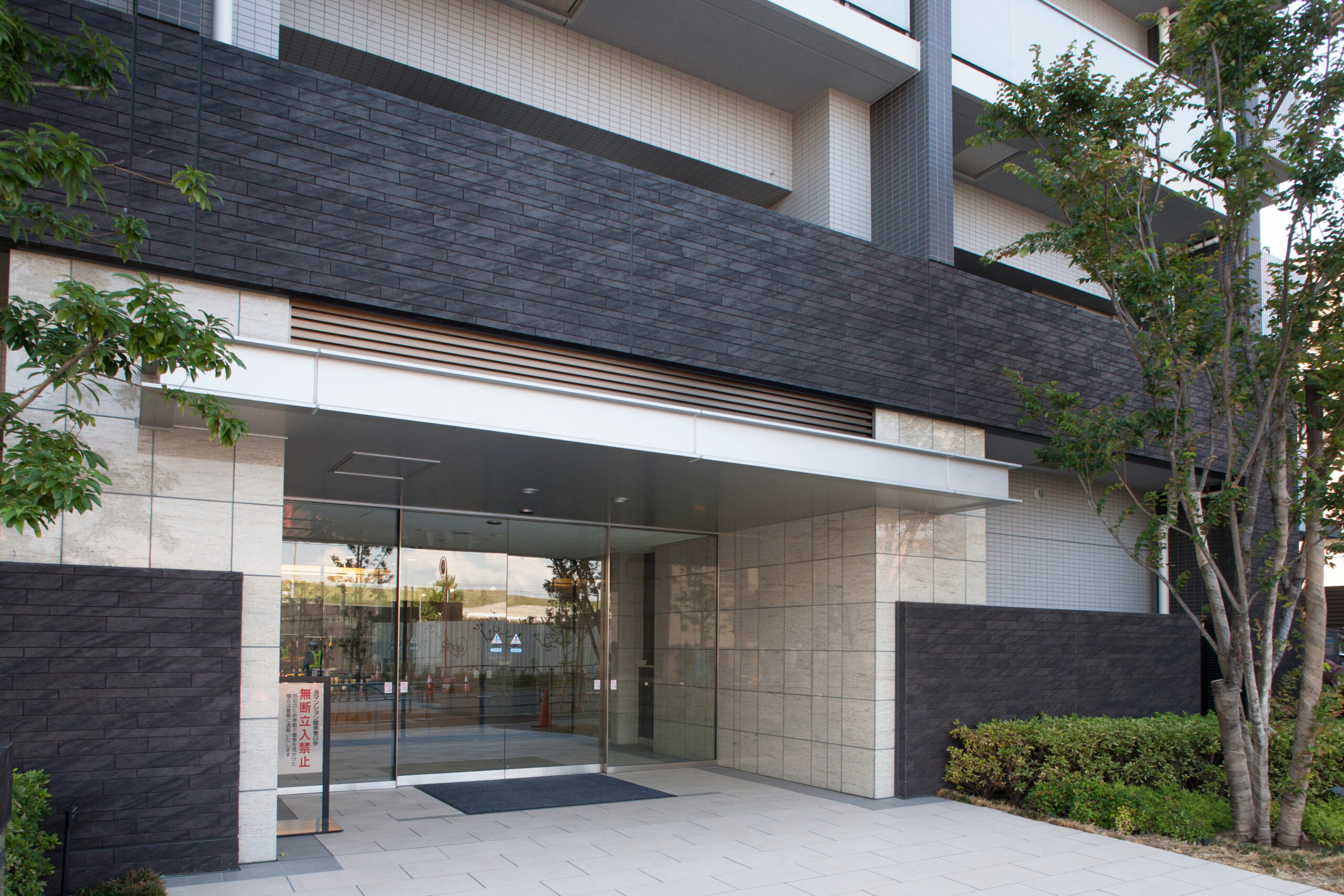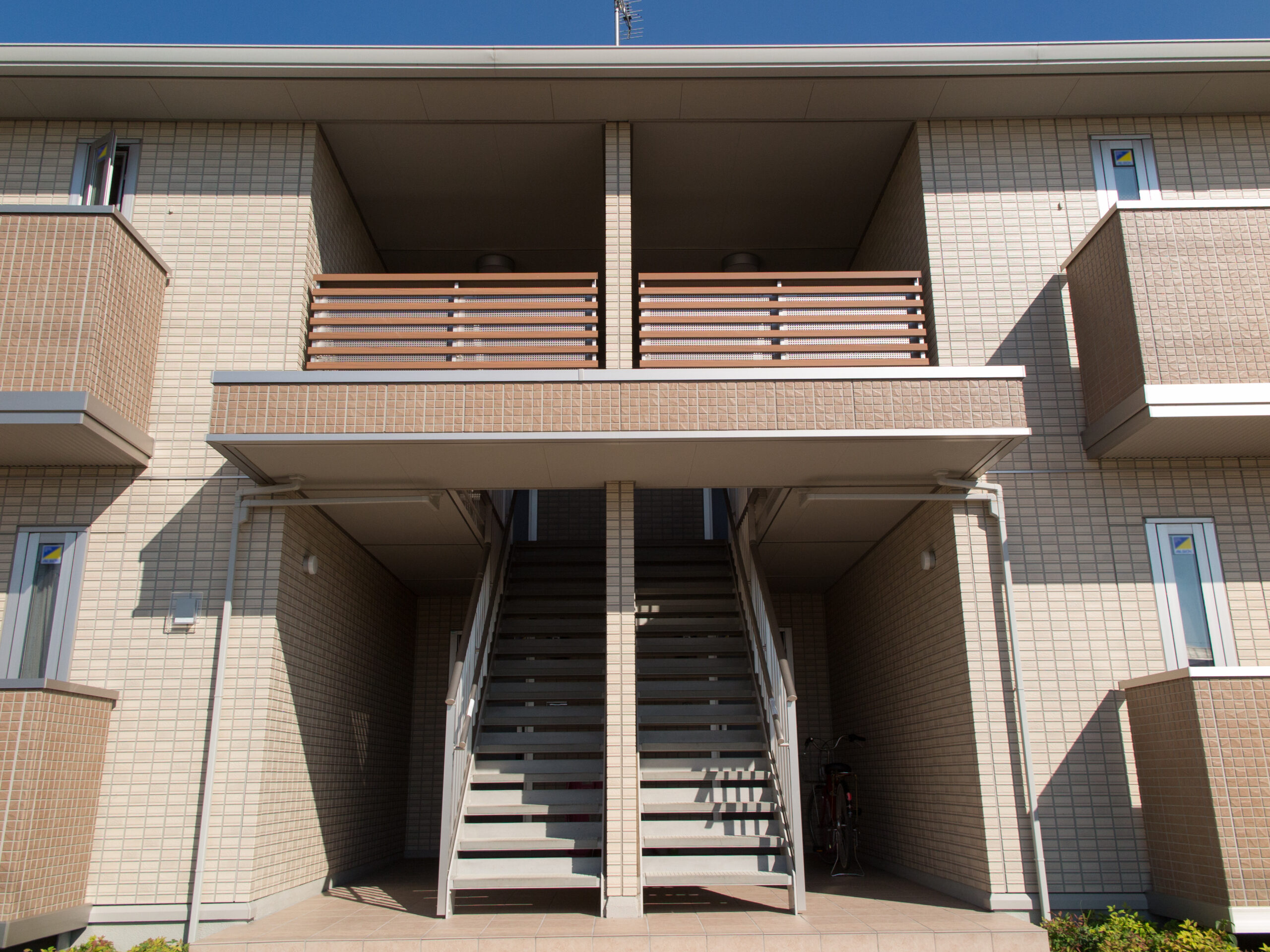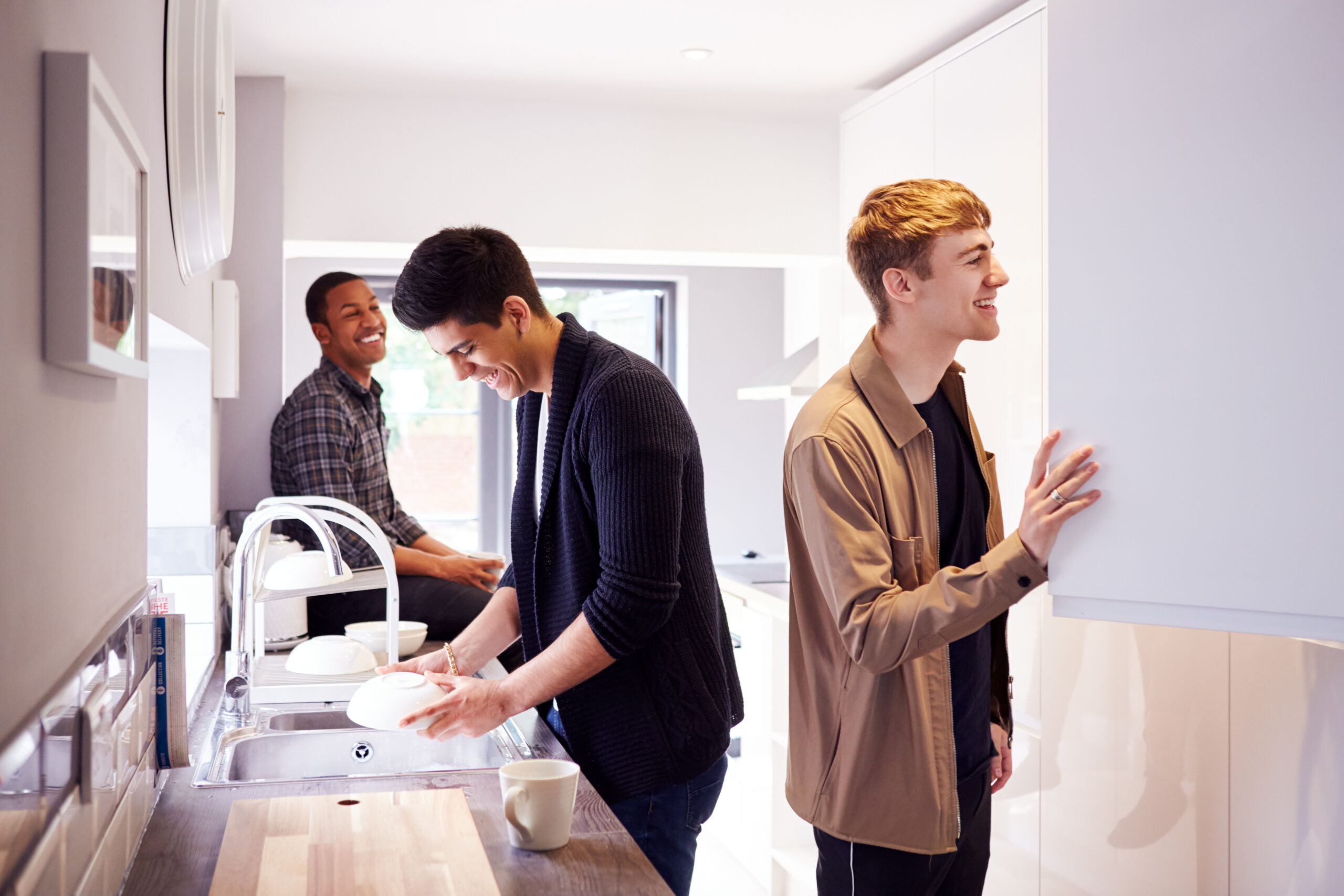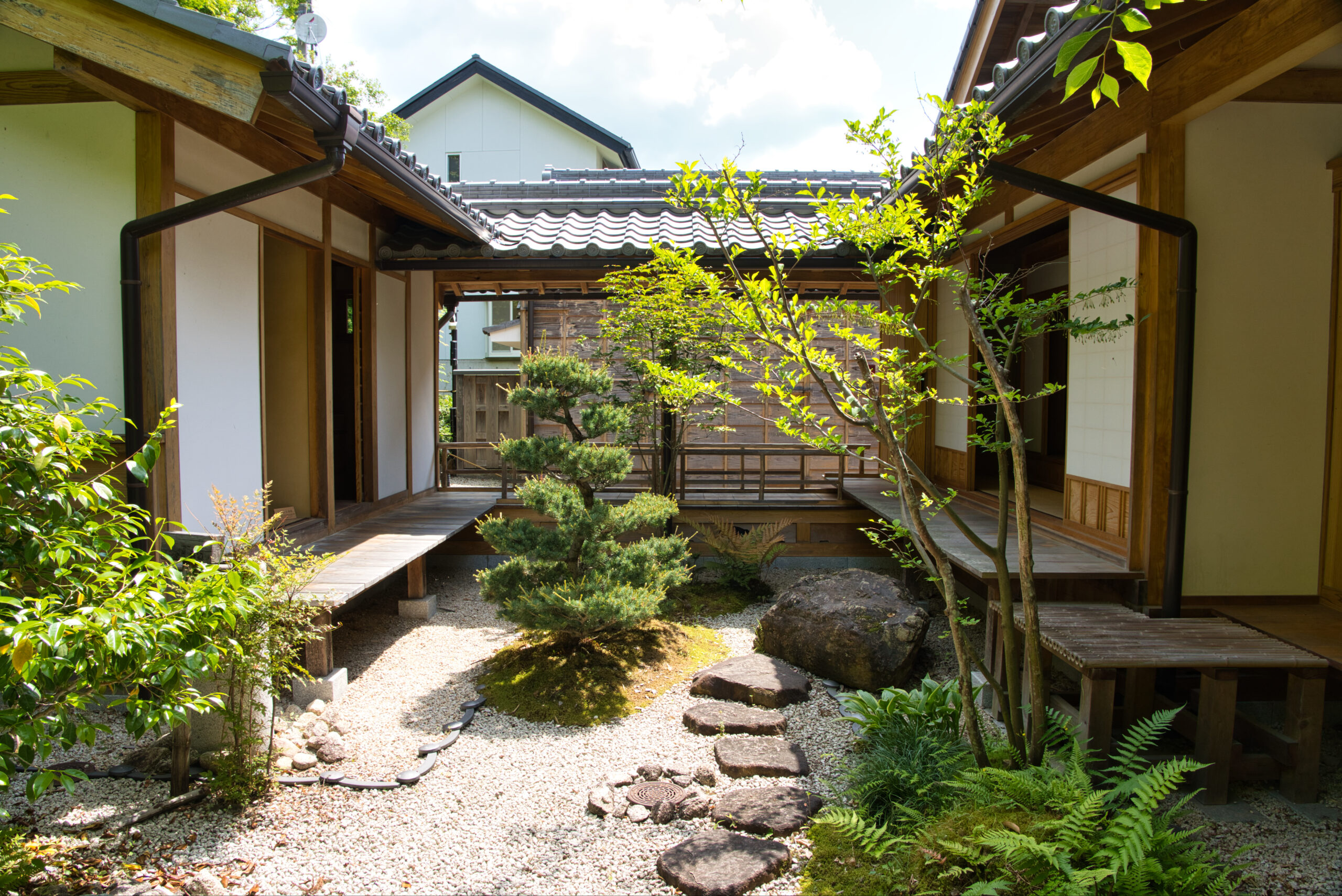A Complete Guide to Housing Types in Japan: Best Options for Foreign Residents

“What types of housing are available in Japan for foreign residents? What’s the difference between an apartment and a mansion? Are share houses suitable for professionals? I want to understand all my housing options before making a decision.”
Japan offers several distinct housing types, each with unique features and benefits. From modern apartments (マンション) to convenient share houses, and from designer studios to traditional Japanese homes, understanding these options is crucial for finding your ideal living situation. The key is matching the right housing type to your lifestyle, budget, and location preferences.
In this comprehensive guide, we’ll explore every major housing category available to foreign residents in Japan. Whether you’re a mid-career professional seeking a comfortable apartment or an international student considering a share house, we’ll break down the characteristics, advantages, and considerations for each housing type.
We’ll examine various options suitable for different budgets and lifestyles, including:
- Modern mansions (マンション) and their premium features
- Apartments (アパート) and their cost-effectiveness
- Share houses and their social advantages
- Designer studios and their urban convenience
- Serviced apartments and their hassle-free benefits
- Traditional Japanese houses and their unique charm
[What This Article Covers]
- Detailed explanations of each housing type
- Key differences between mansions and apartments
- Typical features and amenities of each option
- Pros and cons of different housing types
- Suitability for different lifestyles and needs
- Important considerations for each housing category
This guide will help you navigate Japan’s diverse housing options, enabling you to make an informed decision that aligns with your professional goals, personal preferences, and budget requirements.
Understanding Housing Types in Japan
Japan, renowned for its rich culture and unique lifestyle, offers a variety of housing options that cater to both locals and foreigners alike. Understanding these housing types is crucial for foreign residents who are planning to make Japan their home, whether for a short-term stay or a longer career posting. This section aims to provide an overview of these housing options, highlighting the importance of choosing the right accommodation that fits within your lifestyle and budget needs.
Overview of Housing Options
Japan’s housing landscape is diverse, featuring everything from modern high-rise apartments to traditional wooden houses. The most common housing types that you’ll encounter include mansions (マンション) and apartments (アパート), which differ primarily in the level of luxury and amenities they offer. While mansions are often synonymous with premium features and a higher standard of living, apartments are usually more budget-friendly.
Another popular option, especially among younger expatriates and students, is the share house, which provides a communal living experience with shared facilities. For those who crave a more artistic or modern vibe, designer studios are emerging as a trendy choice, offering cutting-edge designs in bustling urban areas.
Importance of Choosing the Right Accommodation
Choosing the right housing is more than just picking a place to stay; it can significantly affect your experience of living in Japan. A comfortable and suitable home will not only provide a haven from the often-busy Japanese lifestyle but also allow you to immerse yourself more deeply into local culture. For professionals, finding the right neighborhood close to work is vital to maintaining a healthy work-life balance. Meanwhile, students benefit from being close to their educational institutions with easy access to public transportation.
Understanding expat housing options and being aware of insights specific to student accommodation can help inform your choice, ensuring that practical considerations such as budget, commute time, and community involvement are met. As we delve into each type of housing in the sections to follow, you’ll gain a clearer picture of the pros and cons associated with each, helping you make an informed decision aligned with both your personal and professional aspirations.
Modern Mansions and Apartments in Japan
Japan’s urban environments, particularly in major cities like Tokyo, are well-known for their innovative and efficient use of space, resulting in distinct housing options like mansions (マンション) and apartments (アパート). These two categories offer different living experiences, catering to a variety of preferences and budgets for both local and international residents.
Understanding “Mansion” in the Japanese Context
It’s crucial to note that the term “mansion” (マンション) in Japan has a very different meaning from its Western counterpart. While in English-speaking countries, a mansion typically refers to a large, luxurious standalone house, in Japan, マンション (mansion) refers to a unit in a concrete or steel-reinforced apartment building.
This unique Japanese usage originated in the 1960s, when developers wanted to distinguish their modern, concrete apartment buildings from traditional wooden apartments (アパート). The term “mansion” was borrowed from English to convey a sense of luxury and durability, but its meaning evolved differently in Japan.
Today, マンション represents:
- A unit within a multi-story concrete or steel building
- A higher-quality construction standard compared to アパート
- A more permanent housing solution with better sound insulation
- Properties that typically maintain their value better over time
- Units that are available for both purchase and rental
Understanding this distinction is essential for foreign residents to avoid confusion when searching for housing in Japan, as what Japanese real estate agents call a “mansion” is closer to what Westerners would call a “condominium” or “apartment in a high-rise building.”
Features of Modern Mansions (マンション)

Modern mansions in Japan are typically associated with robust construction and upscale amenities. These buildings are synonymous with urban luxury, offering a higher standard of living. Often built with reinforced concrete, mansions provide enhanced durability and soundproofing compared to standard apartments. Some are equipped with high-end amenities such as fitness centers, concierge services, and secure entrance systems, making them ideal for residents seeking comfort and exceptional service.
Japanese mansions commonly include:
- Auto-lock entrance systems with security cameras
- Earthquake-resistant construction
- Sound-proofed walls and floors
- Built-in delivery boxes (宅配ボックス) for secure package reception
- Elevator access and wheelchair-friendly designs
- Modern kitchen facilities with Western-style appliances
Cost-Effectiveness of Apartments (アパート)

In contrast, apartments (アパート) serve as a more cost-effective alternative, appealing to those who prioritize budget over luxury. Typically, apartments in Japan are wooden or steel-framed constructions, often lacking the high-end amenities found in mansions. These units cater to a wide market, including young professionals, students, and anyone looking for a practical living arrangement without the extra frills.
Typical Features and Pricing
Apartments offer basic facilities but can range widely in size, location, and cost. It’s common for an apartment to include necessary appliances, a compact living space, and simple, functional designs. Rent prices are generally more affordable, making them accessible options for short-term residents or those with modest housing budgets. Understanding these features is essential for residents who need to balance affordability with location convenience.
アパート (apartments) offer a more economical housing solution while maintaining comfortable living standards. These buildings are typically:
- 2-3 stories high
- Wood or light-steel frame construction
- More affordable than mansions
- Shorter-term contracts available
Tokyo Apartments for Rent: Key Considerations
When looking for apartments for rent in Tokyo, there are several key considerations that should be taken into account. Tokyo’s real estate market is highly competitive, requiring patience and due diligence to find the right match. Proximity to public transportation, such as subways and buses, is a primary consideration due to its impact on daily commuting.
When searching for apartments in Tokyo, several factors deserve attention:
- Location and accessibility to public transportation
- Building age and condition
- Available amenities in the neighborhood
- Proximity to workplace or school
- Local community atmosphere
Foreigner-Friendly Apartments in Tokyo
Tokyo hosts a variety of accommodation options explicitly targeting foreign residents, often labeled as foreigner-friendly apartments. These apartments may offer flexible lease terms, English-speaking management, and essential western amenities that alleviate some of the hurdles non-Japanese speakers might face when renting. Such features are particularly attractive to expatriates and international students who are acclimating to life in Japan.
Successfully navigating the housing options available in Tokyo requires understanding these core differences and what each option offers in terms of lifestyle benefits, budgetary constraints, and day-to-day convenience. As we explore more housing types in the subsequent sections, you’ll discover additional choices tailored to varied lifestyle preferences and needs.
Exploring Share Houses: A Social Living Option
Share houses have gained popularity in Japan, especially in urban areas like Tokyo, as they present a unique blend of communal living and affordability. This housing option is particularly attractive to young professionals and students who are looking to meet new people while keeping living costs manageable. Share houses offer an opportunity to immerse oneself in a multi-cultural environment, providing a rich social experience alongside practical benefits.
Benefits for Professionals and Students
For both professionals and students, share houses offer several advantages. One of the key benefits is cost-sharing, which allows residents to enjoy lower individual expenses on rent and utilities compared to traditional apartments. This is particularly beneficial for those on a budget, such as international students or early-career professionals. Additionally, share houses often come fully furnished, saving newcomers the hassle and expense of setting up a new home from scratch.
Community Living and Modern Facilities
Living in a share house encourages community interaction, which can be appealing for those who thrive in social settings. Residents often have opportunities to engage through community events, shared meals, or just casual conversations in common areas. This setting fosters a supportive environment where people can build friendships and networks with locals and other expats, enriching their cultural experience in Japan.
Modern share houses are equipped with an array of facilities to enhance comfort, such as high-speed internet, shared kitchens, and laundry rooms. Many are located in convenient areas with easy access to public transportation, schools, and business districts, making them an ideal choice for those wanting to balance work, study, and leisure activities efficiently.
Share House Tokyo: Making the Best Choice
Choosing the right share house in Tokyo requires careful consideration of several factors to ensure a positive living experience. Potential residents should assess the location, considering proximity to their workplace or school, and the local amenities available. It’s also important to understand the house rules and the cultural mix within the house, as these elements can significantly affect day-to-day life.
Many share houses are foreigner-friendly, providing support in English and accommodating diverse dietary and lifestyle needs. This adaptability has made share houses a preferred choice for those who prioritize both economic sense and sociability.
As you navigate your housing choices in Japan, particularly in a city as vibrant as Tokyo, share houses stand out as a flexible and enriching option. In the next section, we’ll explore designer studios, which offer a different blend of modernity and single-residence living, often appealing to those drawn to contemporary urban lifestyle.
Live, Connect, Grow: Your Gateway to Japanese Living with Oakhouse
Discover a unique living experience in Japan with Oakhouse, the leading provider of share houses and furnished apartments since 1992. Perfect for international students, working professionals, and expats, Oakhouse offers:
- A wide range of accommodation options, from shared rooms to private apartments
- Fully furnished spaces with essential amenities
- Convenient locations across Tokyo and other areas
- Flexible contracts starting from just one month
- A vibrant community with regular events open to residents and non-residents alike
- Opportunities for cultural exchange and personal growth
Why Choose Oakhouse?
Oakhouse makes your move to Japan hassle-free with:
- No key money or guarantor required
- Free Wi-Fi
- Inclusive utility bills
- Weekly cleaning of common areas
Your Perfect Home Awaits
With over 6,000 rooms available, Oakhouse provides a supportive environment where you can easily make friends and immerse yourself in Japanese culture. Prices start from around ¥50,000 per month for shared rooms and ¥70,000 for private rooms.
Ready to Start Your Japanese Adventure?
Join the Oakhouse community today! (Please note that an application process and age restrictions apply.)
Affiliate Disclosure: This page contains affiliate links for Oakhouse. When you click on these links and make a qualifying booking, we may receive a commission at no additional cost to you. We only recommend services we believe will provide value to our readers.

Designer Studios and Urban Living
In Japan’s urban landscapes, particularly in bustling cities like Tokyo, designer studios (デザイナーズマンション) have become a sought-after housing option. These studios are not only favored for their modern aesthetic appeal but also for their efficient use of space that aligns with contemporary lifestyle needs, making them ideal for young professionals and creatives who thrive in vibrant city environments.
Advantages of Urban Convenience
Designer studios (デザイナーズマンション)are typically situated in strategic urban locations, offering the advantage of being close to major transportation hubs and commercial areas. This proximity to essential city amenities makes them highly desirable for those who wish to immerse themselves fully in the city’s dynamic life. Living in a designer studio allows residents to enjoy the pulse of urban life, with easy access to cultural hotspots, eateries, and entertainment venues—all within a stone’s throw away, reducing the hassle of lengthy commutes.
Characteristics of Designer Studios
The hallmark of designer studios is their innovative and functional design. They employ open and airy layouts that maximize the use of space, often without the barriers found in conventional apartments. This open-plan design is coupled with sleek, high-quality interiors featuring modern, stylish finishes. For instance, minimalistic kitchenettes, integrated storage solutions, and large windows that flood the living space with natural light are standard elements that contribute to a sense of spaciousness and comfort despite their compact size.
Ideal for Young Professionals
For young professionals, designer studios present an attractive living solution. They not only cater to the demand for stylish and convenient urban living but also suit the fast-paced lifestyle typical of city dwellers. The ease of maintenance and functionality inherent in studio living allows for a focus on career and social activities without the burden of managing a larger home.
Furthermore, the chic ambiance of designer studios enables professionals to host and entertain in an environment that complements their modern, sophisticated lifestyle. This demographic values the ability to maintain a home that is both a personal sanctuary and a lively space for social interaction.
In the next section, we will explore serviced apartments, which offer a distinctive blend of comfort and convenience, making them a strong alternative for those seeking more hotel-like services within a residential setting.
Serviced Apartments: Convenience and Comfort
For many expatriates and frequent travelers, serviced apartments (サービスアパートメント) in Japan offer a compelling blend of hotel-like amenities with the comfort of a home environment. These residences cater especially to those on short-term assignments or those who value convenience and minimal hassle, making them an excellent choice for business professionals and those transitioning between locations.
Key Features of Serviced Apartments
Serviced apartments (サービスアパートメント) come with a range of features that prioritize convenience and quality of life. Typically, they are fully furnished and include services such as regular cleaning, maintenance, and security, similar to those found in hotels. This makes them ideal for individuals who require a worry-free living experience without the additional responsibilities of managing a traditional home.
Another significant benefit is the inclusion of utilities and high-speed internet within the rental price, simplifying budgeting and reducing unforeseen expenses. Many serviced apartments also offer amenities like gym facilities, swimming pools, and business centers, enhancing the living experience and providing added value that supports both leisure and productivity.
Pros and Cons of Hassle-Free Living
One of the primary advantages of serviced apartments is their hassle-free nature. With everything from housecleaning to utility management handled, residents can focus entirely on their professional and personal pursuits. This arrangement is particularly beneficial for those who travel frequently and may not be available to manage household chores regularly.
However, this convenience often comes with a higher price tag compared to standard rentals. Serviced apartments are typically more costly due to the inclusion of various services and amenities. Therefore, while they offer remarkable benefits, they may not suit those looking for long-term cost-effective solutions.
Short-Term and Airbnb Japan Options
For those seeking flexibility, short stay apartment rentals (マンスリー/ウィークリー マンション) and options available through platforms like Airbnb have become increasingly popular. These alternatives provide the same conveniences but on a more flexible basis, appealing to professionals who may have unpredictable schedules or those deciding to explore different neighborhoods during their stay in Japan.
Such options often include the choice to extend stays easily, allowing for a seamless transition between short and medium-term accommodations. This flexibility is ideal for expatriates making tentative steps into Japanese life or for those awaiting more permanent housing solutions.
What is the difference between serviced apartments and short stay apartment rentals?
In Japan, serviced apartments and short stay apartment rentals—often referred to as “マンスリーマンション” in Japanese—serve similar purposes for those seeking temporary housing. However, they differ in terms of the services offered and their typical costs.
Serviced apartments are akin to hotel-style accommodations but with more extensive living facilities like fully-equipped kitchens and sometimes access to communal amenities. These apartments include regular cleaning services, linen changes, and concierge support, thus providing a higher level of service aimed at ensuring maximum comfort and convenience for the residents. This makes serviced apartments ideal for busy professionals, embassy staff, or anyone requiring a comfortable living environment with minimal effort involved in maintaining it.
Conversely, short stay apartment rentals or マンスリーマンション are more stripped-down alternatives. While they do provide basic furnishings and appliances necessary for daily living, such as a bed, fridge, and cooking facilities, they typically do not include the hotel-like services found in serviced apartments. This setup makes them a cost-effective option, particularly for those who do not require regular housekeeping or additional services, and are mainly looking to keep expenses low during their temporary stay.
The choice between the two often comes down to one’s lifestyle and budget preferences. Serviced apartments are generally better suited for longer stays and those who appreciate extra support and services, while short stay rentals are preferred by guests who prioritize independence and affordability over convenience-driven amenities.
Traditional Japanese Houses: Experiencing Culture
Traditional Japanese houses, known as Nihon-kaoku (日本家屋) or Minka (民家), offer a distinct living experience that is in stark contrast to modern urban housing. These homes provide a unique window into Japanese culture and architectural philosophy, often featuring timeless design elements that reflect the country’s rich heritage.
Old traditional Japanese houses are called ko-minka (古民家).
Unique Charm and Cultural Significance
One of the standout features of a traditional Japanese house is its aesthetic appeal, characterized by minimalist design, natural materials, and simplicity. These homes often incorporate elements such as tatami (畳) mat flooring, sliding shoji (障子) doors, and engawas (縁側) verandas, which blur the boundary between indoor and outdoor living. Such architectural features are not merely stylistic choices—they embody a cultural appreciation for harmony with nature, a principle deeply embedded in Japanese design philosophy.
Living in a traditional Japanese house allows residents to immerse themselves in the Japanese way of life. The integration of gardens and inner courtyards, known as tsuboniwa (坪庭), enhances this experience by providing peaceful sanctuaries that promote tranquility and reflection. These gardens not only serve as spaces for relaxation but also showcase traditional landscaping techniques, contributing to the overall cultural richness.
Considerations for Living in a Traditional House
While the charm of a ko-minka (古民家) is undeniable, potential residents should be aware of certain practical considerations. Such homes typically require more maintenance compared to modern apartments due to their age and construction materials. Additionally, it may lack some of the conveniences found in newly built homes, such as central heating or modern kitchen facilities.
Prospective tenants should also consider the commitment to preserving the historical and cultural integrity of these houses. This might involve routine care for elements like tatami floors and wooden structures, which are vulnerable to wear and environmental factors.

Why Are Japanese Houses So Small?
Japanese houses are often perceived as small, largely due to the country’s high population density and the limited availability of buildable land. This reality has led to an emphasis on efficient space utilization. In traditional homes, the concept of multi-functional spaces is prevalent, with rooms designed to serve various purposes throughout the day.
These spatial strategies reflect broader cultural values, such as resourcefulness and flexibility, allowing residents to adapt their living environments to different activities seamlessly. The compact size of Japanese houses encourages a minimalist lifestyle, where spaces are used efficiently and decorated sparingly to maintain a sense of openness and simplicity.
Key Factors in Choosing the Right Housing Type
Selecting the right housing type in Japan involves carefully weighing various factors that align with your lifestyle, budget, and personal preferences. This decision is crucial as it will significantly influence your daily living experience and overall satisfaction during your stay in the country.
Budget and Location Preferences
Budget plays a critical role in determining suitable housing options. Japan offers a wide range of housing types, from luxurious mansions to cost-effective apartments, with substantial variation in rental costs depending on the location and amenities provided. It’s essential to set a clear financial plan to understand what you can afford monthly, including rent, utilities, and any additional maintenance fees.
Location preferences should be considered alongside budget constraints. Proximity to work or school, access to public transportation, and the appeal of the neighborhood are critical aspects that will affect your daily commute and quality of life. For those working in metropolitan areas like Tokyo, living within a convenient distance from transport hubs can save considerable time and stress during daily commutes.
Lifestyle and Personal Needs
Your lifestyle and personal needs are equally important in making the right housing choice. For instance, if you require a more social living environment, share houses or serviced apartments might be attractive. These options often offer communal spaces or shared amenities, fostering interaction with other residents and creating a sense of community.
On the other hand, if lifestyle concerns are a priority, a designer studio or a traditional Japanese house may be a better fit. These options can cater to more specific aesthetic and cultural preferences.
Experience Tokyo’s vibrant lifestyle with Oakhouse! From budget-friendly share houses to stylish private apartments, find your ideal home that perfectly balances your budget, location preferences, and lifestyle needs. Enjoy fully-furnished spaces, flexible contracts, and a welcoming community – all designed to make your stay in Japan comfortable and enriching.
Affiliate Disclosure: We may earn a commission when you book through our Oakhouse affiliate links at no extra cost to you.
Pros and Cons of Different Options
Each housing type comes with its own set of advantages and potential downsides. Mansions and serviced apartments often come with premium features and comprehensive services but at a higher cost. Apartments offer practicality and affordability but may not include the additional perks of more luxurious options.
Share houses provide economic benefits and social engagement opportunities, though they might also require compromises on privacy. Designer studios, with their modern design and central locations, cater well to young professionals, albeit sometimes at the cost of smaller living spaces.
Influence of the Japanese Housing Market
Understanding the characteristics of the Japanese housing market can further guide your decision. The market is known for its competitiveness, especially in urban centers, and can be challenging to navigate for those unfamiliar with local real estate practices. Research and engaging with local real estate experts or social networks can offer valuable insights and ease the search process.
Considerations such as lease terms, availability of foreigner-friendly accommodations, and neighborhood dynamics should be part of your research to ensure you find a home that truly meets your expectations. The fluctuation of rental prices based on economic conditions and regional demands may also affect your choices.
Conclusion and Summary
Navigating the diverse housing landscape in Japan requires a comprehensive understanding of the various options available, each with its own unique features and advantages. Whether you’re drawn to the modern luxury of mansions, the social atmosphere of share houses, or the cultural charm of traditional Japanese homes, each housing type serves a different lifestyle and set of needs.
Mansions and serviced apartments offer high-end amenities and services, ideal for those seeking convenience and luxury, while apartments present a more budget-friendly and practical choice. Share houses provide a social setting and cost-sharing, making them a great option for students and young professionals, whereas designer studios appeal to those who value aesthetics and efficiency in urban settings. Traditional Japanese homes offer cultural immersion and a connection to rich historical narratives, perfect for individuals intrigued by Japanese culture.
When choosing the right housing type, consider critical factors such as your budget, lifestyle, and location preferences, as well as the pros and cons associated with each option. Understanding the competitive and dynamic nature of the Japanese housing market is also essential for making an informed decision.
Q&A about Housing Types in Japan
What is the difference between a mansion and an apartment in Japan?
In Japan, the term “mansion” (マンション) refers to a reinforced concrete building that generally offers higher-quality construction and amenities compared to a typical “apartment” (アパート). Mansions often include additional services like security systems, communal areas, and sometimes even concierge services, making them ideal for residents looking for a premium living experience. Apartments, on the other hand, are usually simpler, wooden structures that are more affordable and cater to a wider range of budgets.
Are share houses suitable for expats staying short-term?
Yes, share houses can be an excellent option for expats looking for short-term accommodation in Japan. They offer flexibility in terms of lease duration, and the communal living environment provides a great opportunity to meet new people and integrate quickly into the community. Many share houses are foreigner-friendly, with English-speaking management and diverse resident profiles, making the transition to life in Japan smoother for non-Japanese speakers and newcomers.
You might also like this.

How does a capsule hotel compare to traditional housing?
Capsule hotels are a unique short-stay accommodation option, primarily designed for travelers or individuals needing a brief, economical place to sleep. Unlike traditional housing, they offer small, capsule-like sleeping quarters with minimal privacy, focusing on efficiency and budget-friendliness. Traditional housing, including apartments and houses, provides more space, privacy, and long-term living amenities, such as kitchens and private bathrooms, which are essential for extended stays and everyday living needs.
Can I find foreigner-friendly apartments easily in Tokyo?
Tokyo, being a major international city, hosts a variety of foreigner-friendly apartments. These dwellings typically offer flexible lease terms, English customer service, and accommodations tailored to international needs, such as Western-style kitchens or bathrooms. While these apartments are relatively easy to find through specialized real estate agencies and online platforms catering to foreigners, they may come at a premium compared to standard Japanese apartments.
What are some tips for using Airbnb in Japan?
When using Airbnb in Japan, it’s crucial to verify that the listing is legally compliant, as Japan has specific regulations regarding short-term rentals. Read reviews carefully and ensure that the host has a good reputation. Check the amenities and house rules to ensure they meet your expectations and needs. Communication is key, so confirm any details or questions with the host before booking. Keep in mind that while Airbnb offers flexibility, it may not provide the consistency or services available through traditional housing or hotels, so evaluate your needs accordingly.
